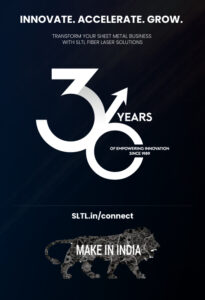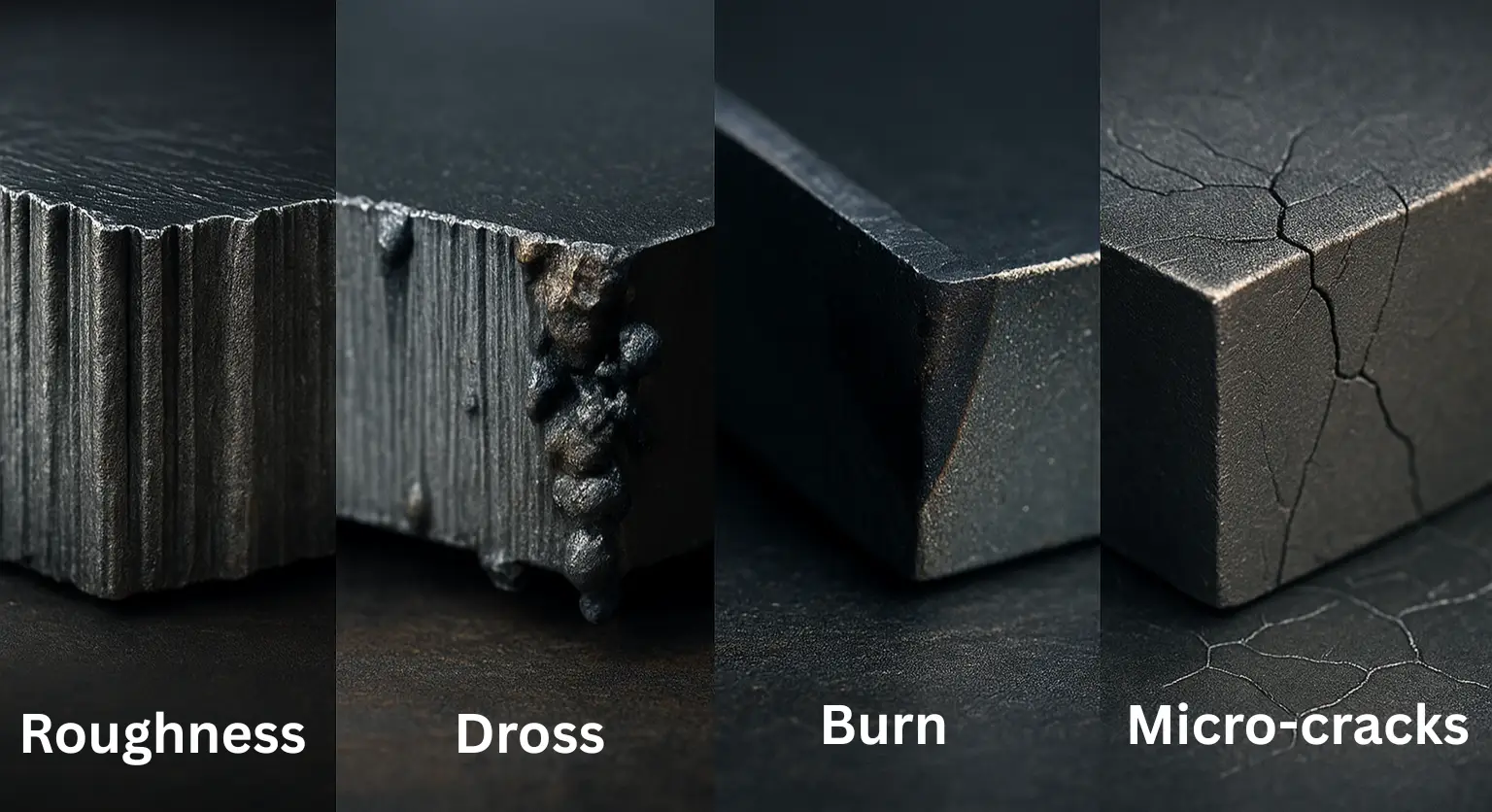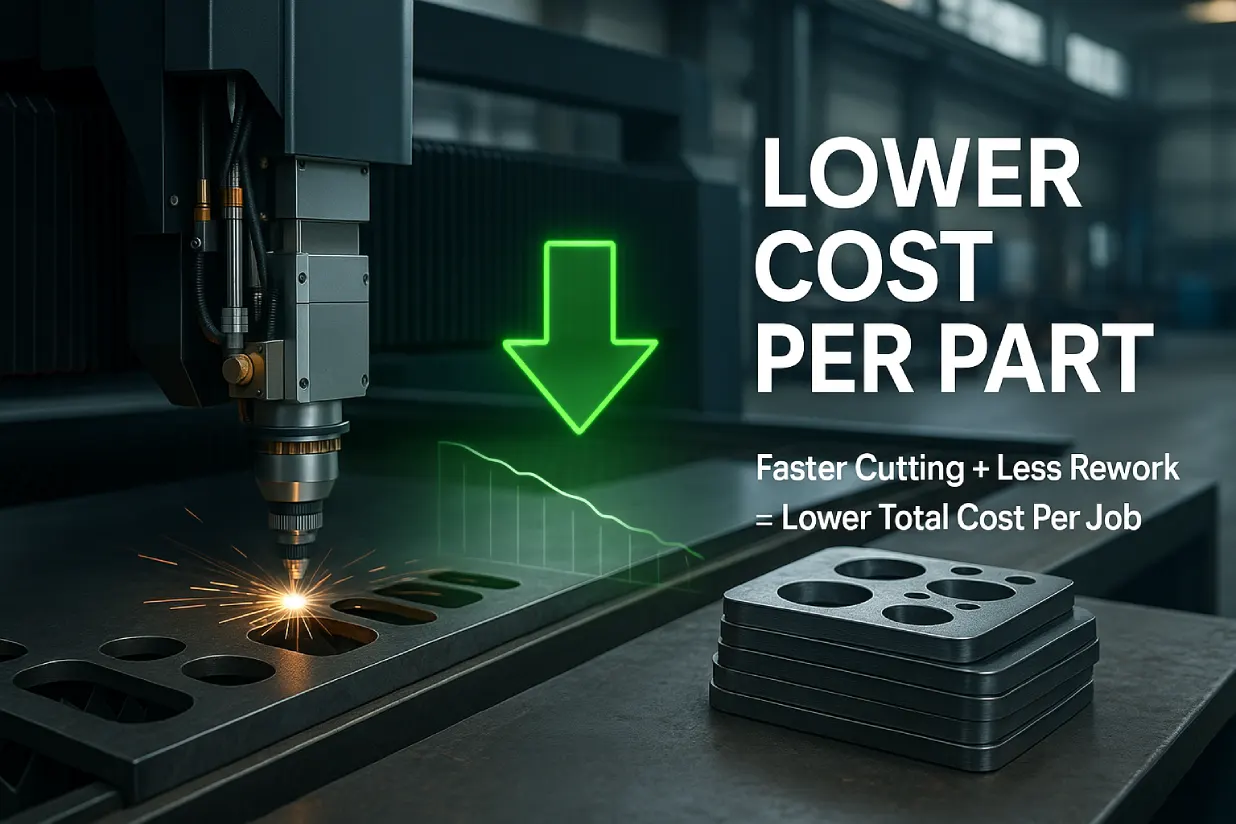Just a few years back, laser colour marking seemed implausible due to lasers limited capabilities compared to alternative technologies. However, recent technological advancements and sophisticated software configurations have revolutionized this landscape.
Today, we’ve overcome significant obstacles, achieving vibrant and precisely defined tones with lasers. The progress made in color laser marking is a testament to relentless innovation, unlocking possibilities that were once deemed unattainable. This breakthrough not only showcases the evolution of laser technology but also highlights its newfound prowess in producing intricate and vivid markings across various applications.

What is Colour Marking?
Colour Laser marking is a process in which materials can be marked with specific colour. By modifying the refractive index, color marking enables manufacturers to create an oxide layer that is either transparent or semi-transparent. The colors may differ according on the substrate you are using.
For over ten years, manufacturers have used lasers to add color to materials. They often choose metals like titanium and stainless steel because it’s easiest to create a colored oxide layer on them, which alters how light is refracted.
Difference between traditional marking methods and colour laser marking
Color laser marking is not the same as more conventional marking techniques like etching and engraving. When using color laser marking, the device uses a laser beam that sprays color onto the material in the form of lines, changing its color. This is helpful for making complex patterns and designs.
Which machines are considered best for colour marking?
The laser source is the major component that matters in color fiber laser marking; the machine has no such huge impact on it. In this case, POD laser technology is use for getting the colour on the base materials.
How does colour marking work?
Color marking needs a particular kind of focus beam. Numbers, barcodes, and identification marks can all be made with fiber lasers. The amount of heat that contacts a product’s surface is determined by the pulse width among other factors. In the process of color marking, a material’s molecular structure is altered by concentrated energy. The laser source heats up the material and giver shades to the material. This laser works on lines and not colour filling method. The more the lines are nearer, the more will be the heating process and more the heating process, the better will be colour marking.
Importance of Pulse Width (PW) in Colour Marking
The pulse width (PW) is a crucial factor to consider when using a POD laser source. This facilitates the material’s heating. There will be more engraving if the PW is higher. To counterbalance this, we must raise the frequency if PW is maintained high in order to stop the engraving process and limit the laser source to color marking alone.
Things that have an impact on color marking process?
The process of colour marking takes much time based on the shape, size and design of the material that needs to be marked. Also, in order to have similar colour marking the distance between the galvo and the material should be constant. The way that each laser marking machine operates is different. Furthermore, the choice of material has a big impact on the process. The energy density of the material can be altered by laser operators by varying the laser’s pulse duration and width, which influences color variations.
Which laser sources are used in colour fiber laser marking?
POD and MOPA are the laser sources used in colour fiber laser marking process. There is no much difference between these two lasers.
In which industries it is Used For?
The different industries in which colour laser marking can be done are given below:
- Company Logos
- Firearm Designs and Personalization
- Jewelry Industries
- Gift Industries
- Electronic Equipment
- Kitchenware Industry
- Medical Equipment
- Craft Metal Works
- Automotive industry
- Aerospace industry
What are the materials that can be colour marked with the help of the laser marking machines?
Colour laser marking exhibits versatility across a spectrum of metals, proving its applicability on diverse surfaces. Here are some notable examples:
- Stainless Steel
- Titanium
Stainless Steel: With its corrosion resistance and sleek appearance, stainless steel becomes a prime candidate for colour laser marking, providing a combination of functionality and aesthetics.
Titanium: Recognized for its lightweight yet robust properties, titanium embraces colour laser marking, offering a perfect blend of strength and precision for applications demanding a high level of performance and sophistication.
The adaptability of colour laser marking across these metals underscores its significance in catering to a wide array of industrial and creative needs.
Conclusion
The increasing demand for laser marking devices along with the growing popularity of color laser marking highlights how widely used this technology is. The versatility of these machines, capable of marking on an array of surfaces including stainless steel and titanium, reflects their pivotal role in diverse industries. This trend signifies not only the growing appreciation for vibrant and precise markings but also the recognition of laser marking machines as indispensable tools for meeting the demands of modern manufacturing across various materials and applications. The relationship between innovation with aesthetic creativity and demand in market, is driving colour laser marking’s growth and positioning it as a key component of the dynamic industrial process landscape.



